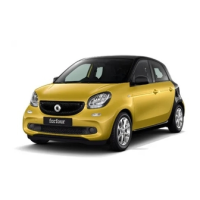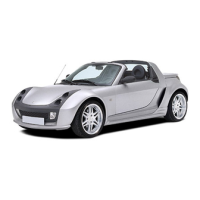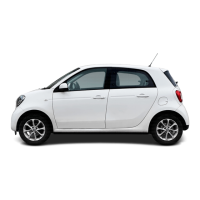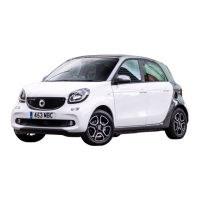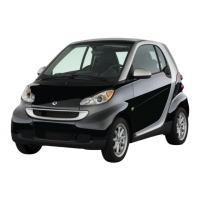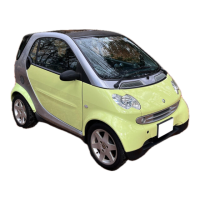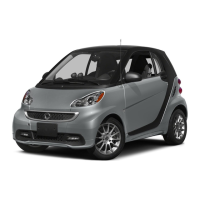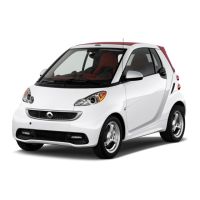Helpful hints 9!29
Tyres and wheels
Please note in particular:
! Use only tyres and wheels of the same
type and make.
! Fit only the correct type of tyre on each
wheel.
! Where a car has the same size of wheel
at the front and rear, only switch tyres
between the front and rear axles (RF to
RR; LF to LR).
! Fit new tyres on the rear wheels.
! Break in new tyres at moderate speeds
for the first 100 kilometres.
! Check tyres and wheels regularly for
damage. Damaged wheels could result
in a loss of pressure from and damage
to the tyres.
! Do not use tyres with an excessively low
tread. Below a tread depth of
3millimetres, grip will deteriorate
sharply on wet roads. Summer tyres
with a tread depth of 3 millimetres and
winter tyres with a tread depth of less
than 4 millimetres should therefore be
replaced without fail.
! Change the tyres after no later than six
years, irrespective of the level of
wear. The same applies to the spare
wheel.
>Note!
Store tyres in a cool, dry and preferably
dark place when not fitted to the car. Pro!
tect the tyres against oil, grease and fu!
el. Never clean the tyres with high!
pressure equipment. Your tyres could
otherwise be damaged.
Operating safety and roadworthiness
Tyres are a particularly important aspect
of the car's operating safety and road!
worthiness. For this reason, check the
tyre inflation pressure, tyre tread and
tyre condition at regular intervals.
A tyre specialist shop or a qualified spe!
cialist workshop, such as a smart center,
will be able to supply further informa!
tion on
! tyre load capacity (LI, load index),
! speed index (maximum permitted oper!
ating speed of a tyre),
! tyre age,
! the causes and consequences of tyre
wear,
! measures to take in the event of tyre
damage,
! tyre types for particular regions, op!
erating areas or operating conditions
of the vehicle.
! scope for converting tyres, etc.
!"#$%&$%'&#())*#+#,-.))/-0123456-789:%%;##<=4>=#D/##@4>>A%B6C#DE9#FG1'G&#D)).##/H*?#)/
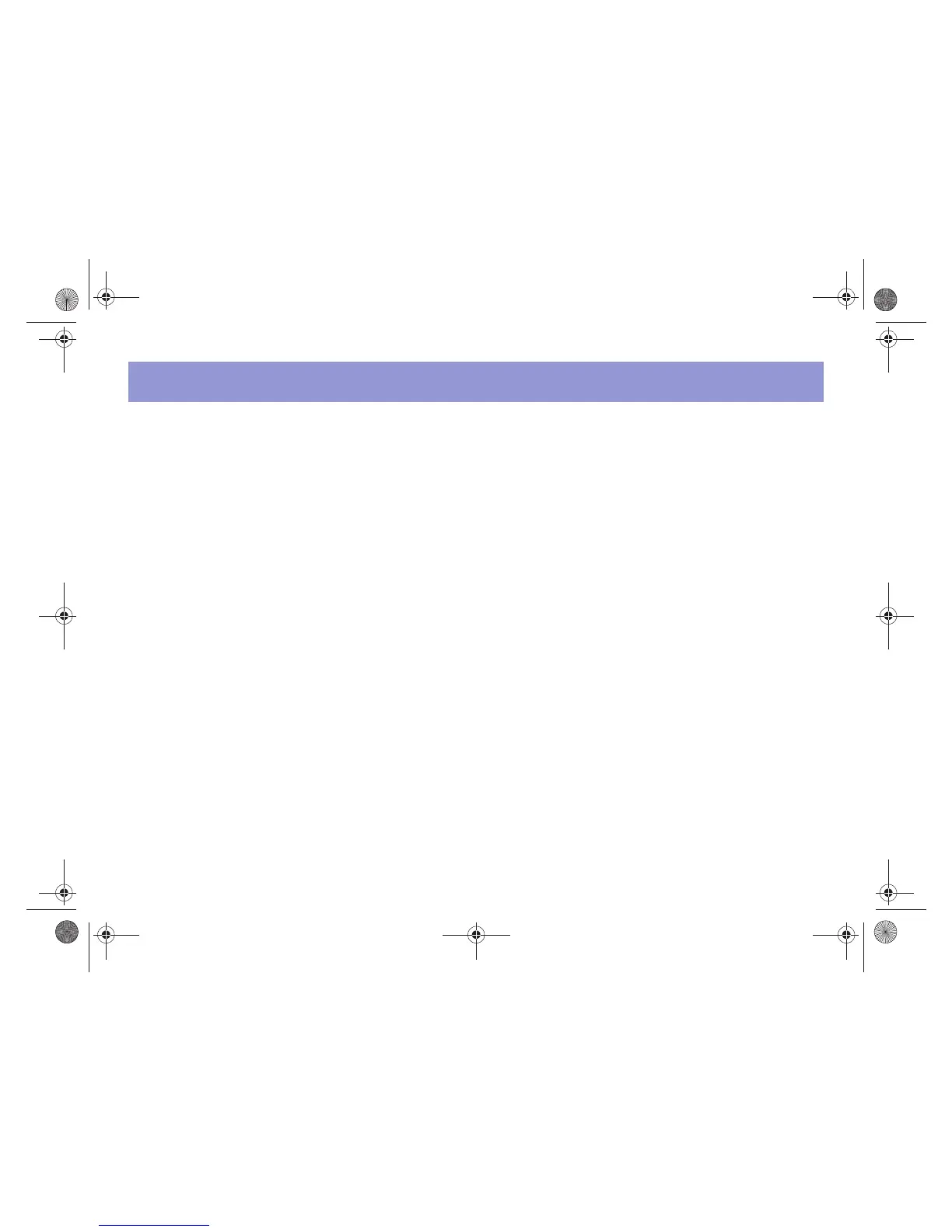